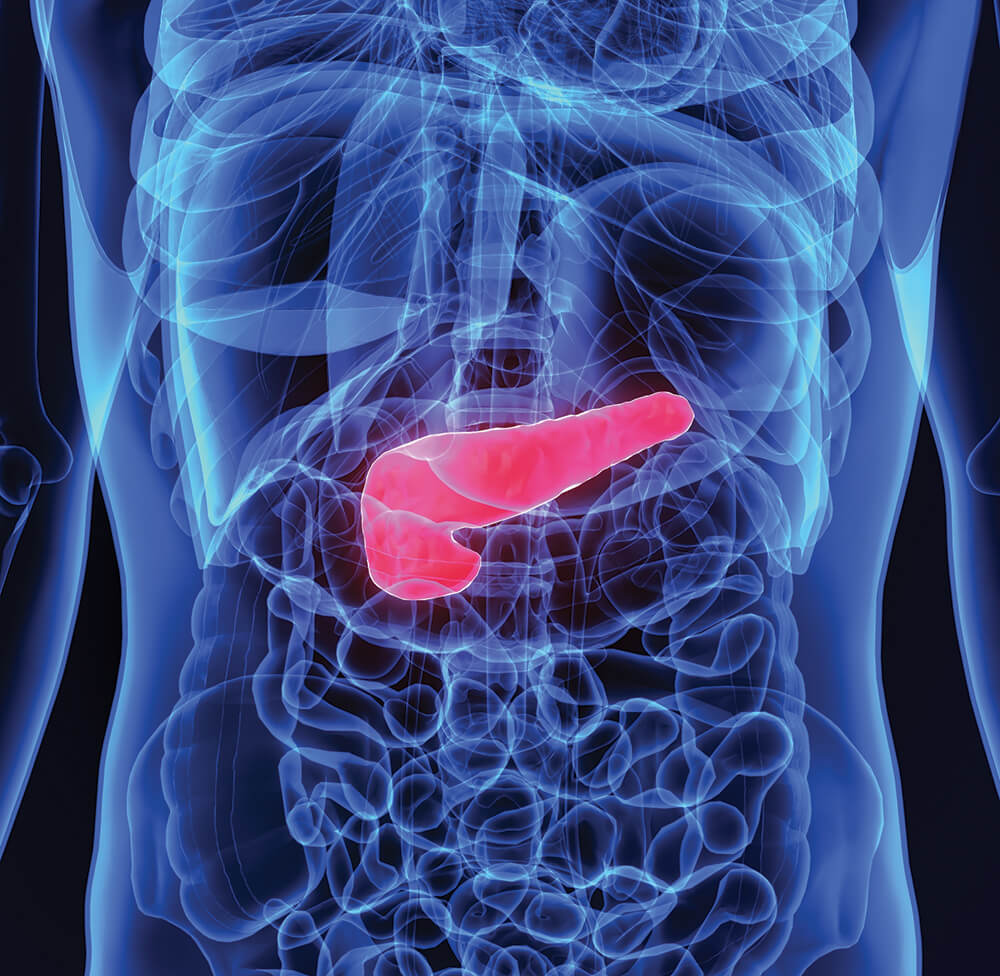
Most people don’t pay attention to their gallbladder until they experience pain in the upper right side of the abdomen. Here is what you should know about a common gallbladder condition – gallstones.
What are gallstones?
Gallstones are solidified particles of digestive fluid that form in the gallbladder, a small, pear-shaped organ located on the right side of the abdomen, just beneath the liver. They come in a range of sizes, from as tiny as a grain of sand to as massive as a golf ball.
Types of gallstones
Some people may develop just one gallstone, while others develop many gallstones simultaneously. The two main types are:
- Cholesterol gallstones – The most common type, these account for up to 80% of gallstones. Cholesterol gallstones often appear yellow. These comprise of mainly undissolved cholesterol, but may also include other matter.
- Pigment gallstones – These smaller and darker-coloured stones form when your bile contains too much bilirubin, a fluid made by the liver and stored by the gallbladder.
What causes gallstones?
- Excessive cholesterol in the bile (high-fat and high-cholesterol diet)
- Excessive bilirubin in the bile
- Incomplete or inadequate emptying of the gallbladder
Who is at risk of developing gallstones?
You are at risk if you are overweight or obese, a female, age 40 and above, taking medication high in oestrogen such as birth control or hormone therapy drugs, pregnant, have diabetes, liver disease and a family history of gallstones.
Symptoms of gallstones
One may not even realise the presence of a gallstone until there is pain from biliary colic (gallbladder or gallstone attack) or infection of the gallbladder. In extreme cases, gallstones could drop into the bile duct and cause a blockage, which requires immediate treatment. If this happens, these symptoms may present:
- Sudden and rapidly increasing pain in the upper right part or centre of the abdomen
- Back pain between the shoulder blades
- Pain in the right shoulder
- Nausea or vomiting
- Fever and chills if infection occurs
Treatment available
There is no medication available to dissolve gallstones. Surgery may be recommended if gallstones become symptomatic. It is important to note that after it is removed, you may have difficulty processing fatty foods temporarily, hence watching your diet will help you adjust gradually to changes in your digestion with little discomfort.







